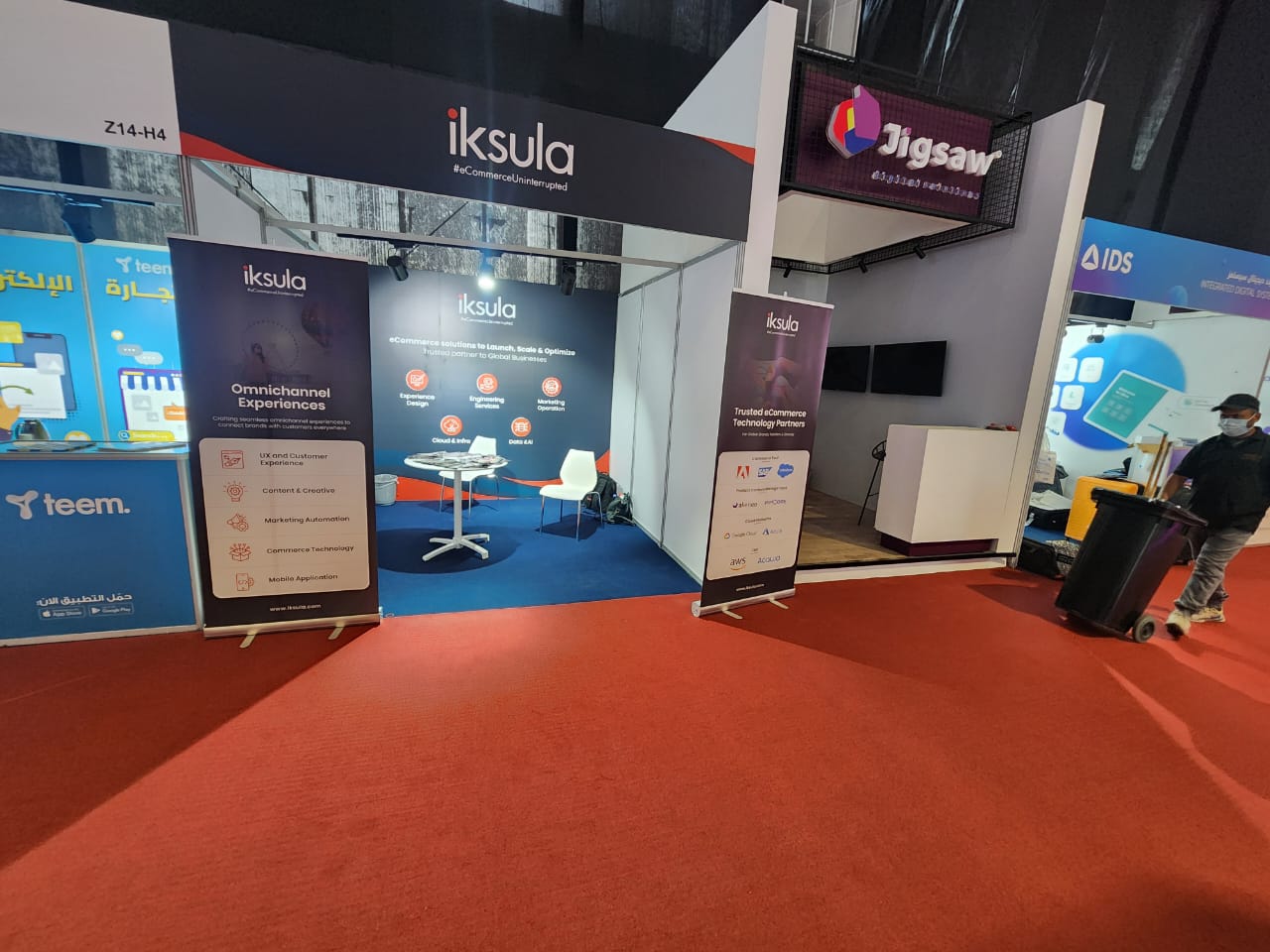Online search dominates product discovery and customers expect rich and accurate product information to drive their buying decisions. To meet these expectations, ecommerce companies need to have a well-managed product catalog that can be updated regularly to reflect new product offerings, prices, and promotions.
Also, product catalogs are extensively used by different stakeholders in the ecommerce value chain.
Consumers: browse, compare and select products from the complete range available. Poorly filled catalogs drive customers away to competition
Marketers: Marketers leverage product catalogs to design campaigns and plan marketing spends. An incomplete catalog means marketing dollars are not being spent effectively
Store and warehouse personnel: Product catalogs provide detailed product information that help plan inventory & warehouse management
Third-party vendors: Product catalogs are used by resellers, partners, and agencies to obtain reliable product information that they can then share with their customers.
So, what are some key guiding principles in creating a world-class product catalog?
- Getting the taxonomy & attributes right: A product catalog lists several hundred million items and products, so categorization and classification become imperative. All product attributes, such as size, color, and price tags, must be precisely stated. A well-defined product categorization improves search relevancy and enhances the user experience.
- Select the right vendor/ supplier management platform to capture base information from suppliers at a centralized location.
- Invest in a Product Information Management (PIM) platform: A good PIM system helps organize all product information and makes it available to different entities within the organization. By automating workflows and business rules, it eliminates time-consuming and error-prone manual catalog development operations. A PIM also makes sure every detail in the product information is indexed automatically to make sure the catalogs are highly searchable.
- Strengthen Product Data Quality Control: For the average online store, quality assurance costs account for around 30% of overall content costs. With multiple levels of human QA testing and training personnel, high-quality material (98-99 percent) cannot be quickly churned out; Automating Content QC brings faster turnaround and significantly higher content quality.
Another emerging trend is to create an ecosystem that includes a constantly updating enormous database of all product information, as well as detailed and accurate data, that e-retailers and marketplaces may use to cover cataloging gaps and quickly roll out products on their websites. The common industry term for this is a “Prefilled Catalog”.
Remember, consumers want to know exactly what to expect before making a purchase, whether it’s big or small, pricey, or inexpensive. A world class product catalog hence becomes critical and can significantly improve outcomes and marketing & customer acquisition spends.
Iksula has serviced several Fortune 500 retailers and brands on end-to-end product content journeys for the past 14 years, deploying its expertise in technology and process to churn millions of product data with 99.5 percent quality and shorter turnaround times. Connect with us to know more about our latest solutions: Prefilled Catalog & Content Quality Tool Athena.








































